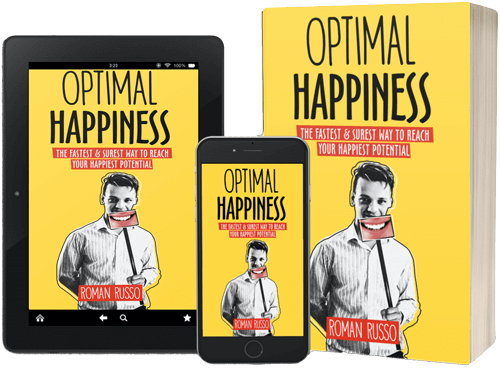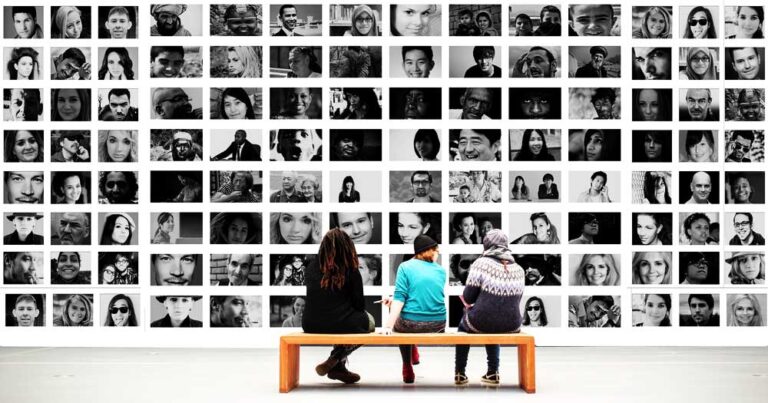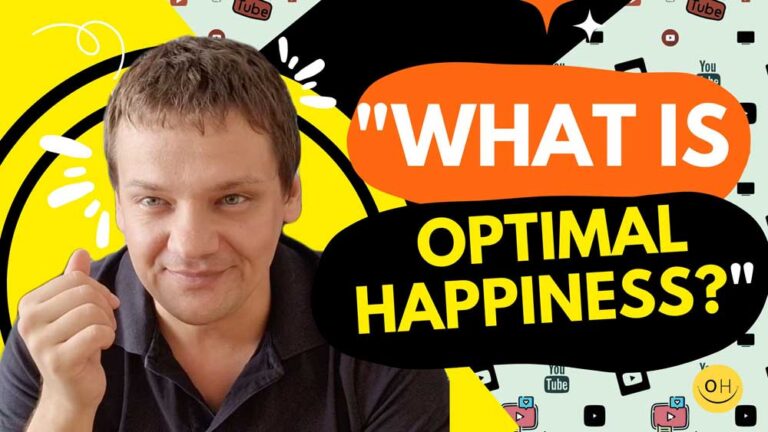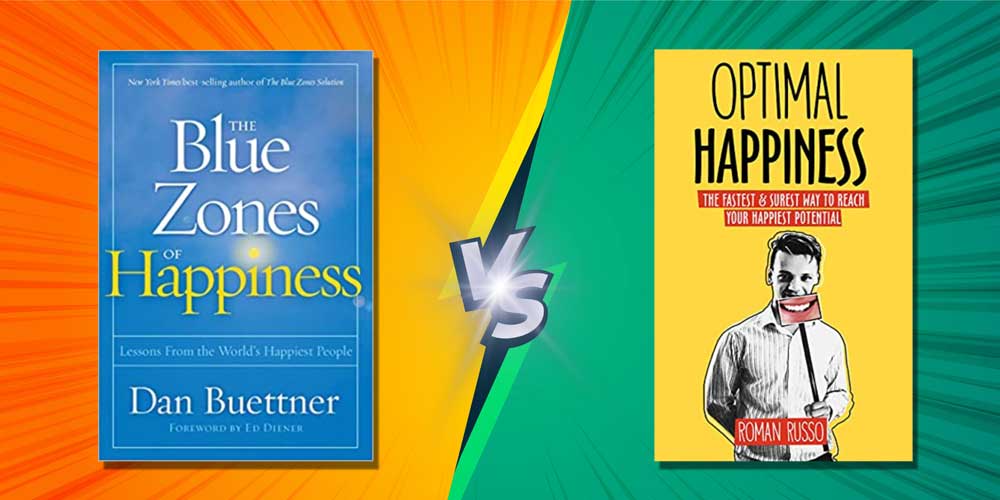
What is the Blue Zone of Happiness? They are the geographical locations where there are substantial concentrations of something, in this case, the amount of Happiest people. These zones are especially interesting to study, to understand why some people are happier than others.
Why Are Certain People Happier In Some Places As Opposed To Others
The happiness comes from within, or at least it should. Still, certain external factors facilitate happiness, which is precisely what Dan Buettner tries to find in his book – The Blue Zones of Happiness – Lessons From the Worlds Happiest People.
To do so, Buettner looks at different happiness information sources, such as World Happiness Reports, World Database of Happiness, and Gallup-Sharecoare Well Being Index, to find where experts believe these happiest people are centralized. He then proceeds to study what people do in these places, as opposed to others, to be more pleased.

Worlds Bluest Zones
Buettner identifies 3 countries with more happiest people, such as Costa Rica, Denmark, and Singapore. Interestingly enough, these countries may not be the most optimistic, but they possess a specific happiness characteristic, which is more prominent than in other places. Specifically:
Happiness in Costa Rica comes from developing deep connections with people around us, such as it is the case with families, friends, religion, and other people around us. This is the case of people who eat together during the launch, showing compassion to others, and living with older generations, all under the same roof. I call this a Social Pillar of Happiness.
Happiness in Denmark comes from social security and develops a great social atmosphere for all people living there. This is achieved by developing social programs, such as art projects, social equality, and relaxed lifestyles, where people don’t have to work long hours and take many vacations. For all these blessings, people in Denmark pay higher taxes than most countries globally, but this money is spent back in the communities, which are happier because of the fact. These characteristics, although not entirely, fall into my Growth Pillar of Happiness.
Happiness in Singapore is more wealth-based. There are many rich people in Singapore, and this access to money allows people to do more things that people enjoy, such as it is the case of the pursuit of dreams. This also gives people higher access to better education, health care, and freedom, which people may not feel that they have in different countries. This is, of course, the Wealth Pillar of Happiness, in my writing.
Thus, looking at all these countries and other counties’ best practices to happiness, Buettner came up with a list of things that states can do to improve their population’s satisfaction. These are:
- Promote volunteering – as the more society benefits as more people volunteer
- Measure national Happiness – To measure factors that make people happy rather than national GDP
- Focus on minorities – Increase national happiness by focusing on the least happy
- End corruption, inequality, discrimination – Promoting a love for all human beings
- Invest in education – As better information leads to fewer Happiness Mistakes
- Promote social connection – As it is once again the Social Pillars of Happiness
- Promote health – As it is the Health pillars of Happiness
Buettner also looks at what it takes to create healthier and happier communities, home space, a better work environment, and other happiness pillars, tremendous and informative topics. I know many people are interested in learning.
Still, this book review would not be great if I didn’t point on some other happy things.
What Else is Happiness
- Happiness comes from within, or at least it should. This was already mentioned before in this review but was not so much noted in the book. The author makes more of the external world case of happiness rather than internal.
- Longevity, aka Health, is a pillar of happiness, which the topic authors first book. This is perhaps why there are so many references to the relationship between health and happiness in this book, which also takes away from other happiness pillars. Said, it is virtually impossible to be an expert in everything, so this book is mostly about the relationship between health and happiness.
- The biggest challenge to happiness, which I mostly found in my writing, discriminates between what’s essential and not. And while I liked how the author tried to create a 10 list for every topic he covered, I also felt that a person who knows less about what’s more critical and not could be lost.
Happiness Book Reviews
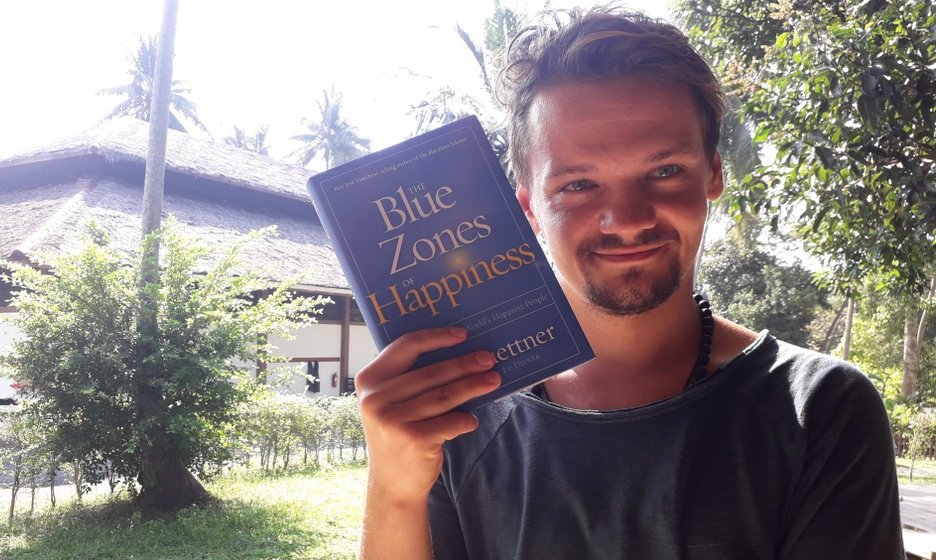
An interesting fact about Blue Zones of Happiness, which was why I picked up this book in the first place, is that it is currently the best selling book on happiness on Amazon. This being said, I never heard of this book or the author. I guess he has a big circle of followers and a catchy title, so many people are interested in his writing.
After reading the book, I found many interesting references to research into the world’s happiest countries, which I will consider in my writing. These references are the reason why I started my Happiness Book Reviews Club. I believe that no one has all the answers, and there is always more exciting information to be learned, especially about such an important topic like happiness.
Last Words
Do you like books about happiness? If you enjoyed reading this review, you would likely enjoy other happiness advice on this website as such, subscribe to my Daily Happiness Advice newsletter and Social Media and receive updates, daily reminders, and techniques to make your days a little bit brighter every day! See you soon.
